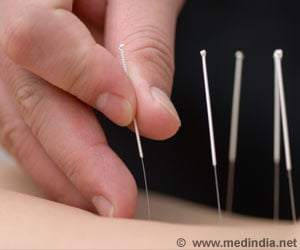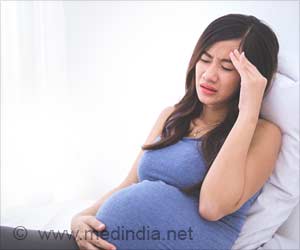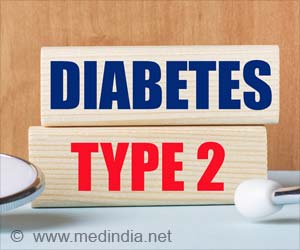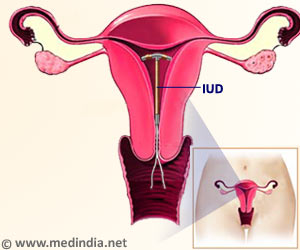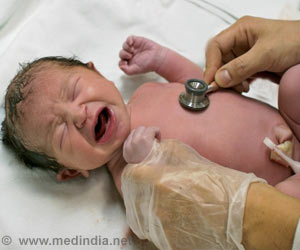Women who had their menopause before age 46 were 25% more likely to develop type 2 diabetes, compared to women who had their menopause between ages 46 and 55.

‘The optimal window for menopause and diabetes risk is between the ages of 46 and 55, women who start menopause before or after that window should be aware that they are at higher risk of diabetes.’





The study found that women who had their final menstrual period before age 46 were 25 percent more likely to develop type 2 diabetes, compared to women who had their final period between ages 46 and 55. Women who had their final period after age 55 had a 12 percent increased risk of developing diabetes. After menopause, estrogen levels decline. These low levels of estrogen have been linked to increased body fat and appetite, decreased metabolism and high blood-sugar levels. Previous studies linked early menopause to an increased risk of diabetes, but this study is one of the first to show that later menopause also puts women at higher risk.
"Our study suggests the optimal window for menopause and diabetes risk is between the ages of 46 and 55," said Dr. LeBlanc, lead author and an investigator at the Kaiser Permanente Center for Health Research. "Women who start menopause before or after that window should be aware that they are at higher risk, and should be especially vigilant about reducing obesity, eating a healthy diet and exercising. These lifestyle changes will help to reduce their risk for type 2 diabetes."
Length of reproductive cycle also a factor The study also found an association between the length of a woman's lifetime reproductive cycle and her risk of developing type 2 diabetes. The lifetime reproductive cycle starts when a woman begins her period and ends when she stops having a period. Women with the shortest lifetime reproductive cycles (less than 30 years) were 37 percent more likely to develop diabetes than those with medium length reproductive cycles (36 to 40 years). Women with the longest reproductive cycles (more than 45 years) were 23 percent more likely to develop diabetes compared to women with medium length reproductive cycles.
The differences in risk were reduced, but remained statistically significant after adjusting for several factors, including age, race, BMI, birth control use, hormone replacement therapy, number of pregnancies, physical activity and alcohol consumption.
Advertisement
Women ages 50 to 79 were recruited between 1993 and 1998 at 40 clinical sites and followed for about 12 years. The women completed extensive health questionnaires, including questions about reproductive history, age at first period and age of menopause. Diabetes diagnosis was determined through questions about medical history and medication use.


